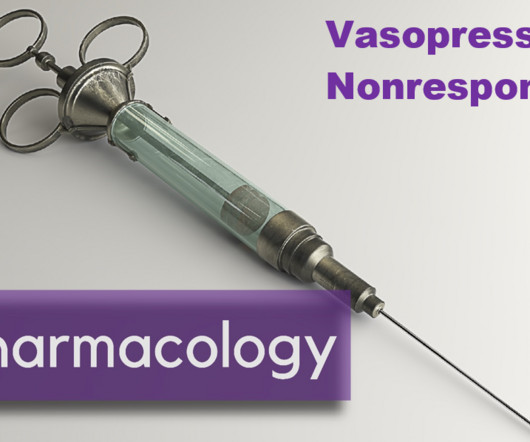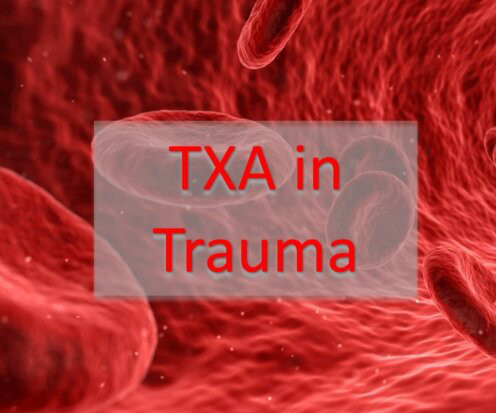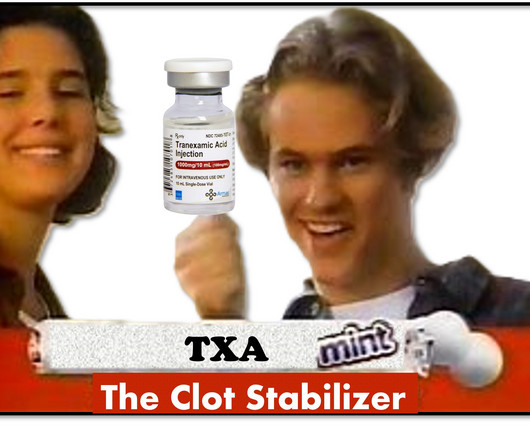emDOCs Podcast – Episode 85: Tricky Cases Part 1
EMDocs
SEPTEMBER 6, 2023
Resuscitate and administer antibiotics. Differential Diagnosis for patient: Infectious endocarditis, CNS infection or abscess, necrotizing soft tissue infection, toxic shock, obstructive pyelonephritis, toxic ingestion, TTP, anaphylaxis with primarily hemodynamic effects, thromembolic phenomenon. ROS unremarkable.















Let's personalize your content